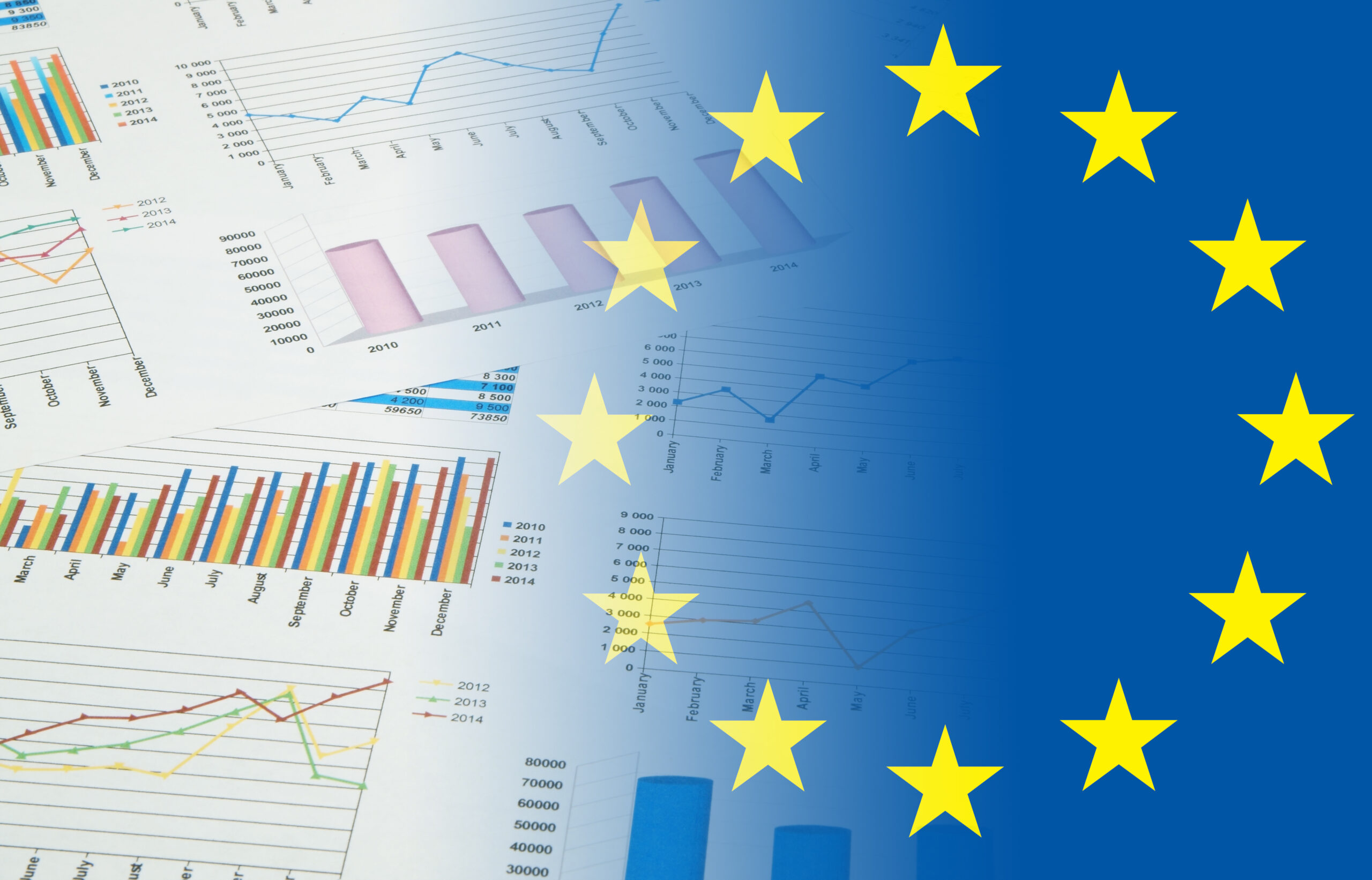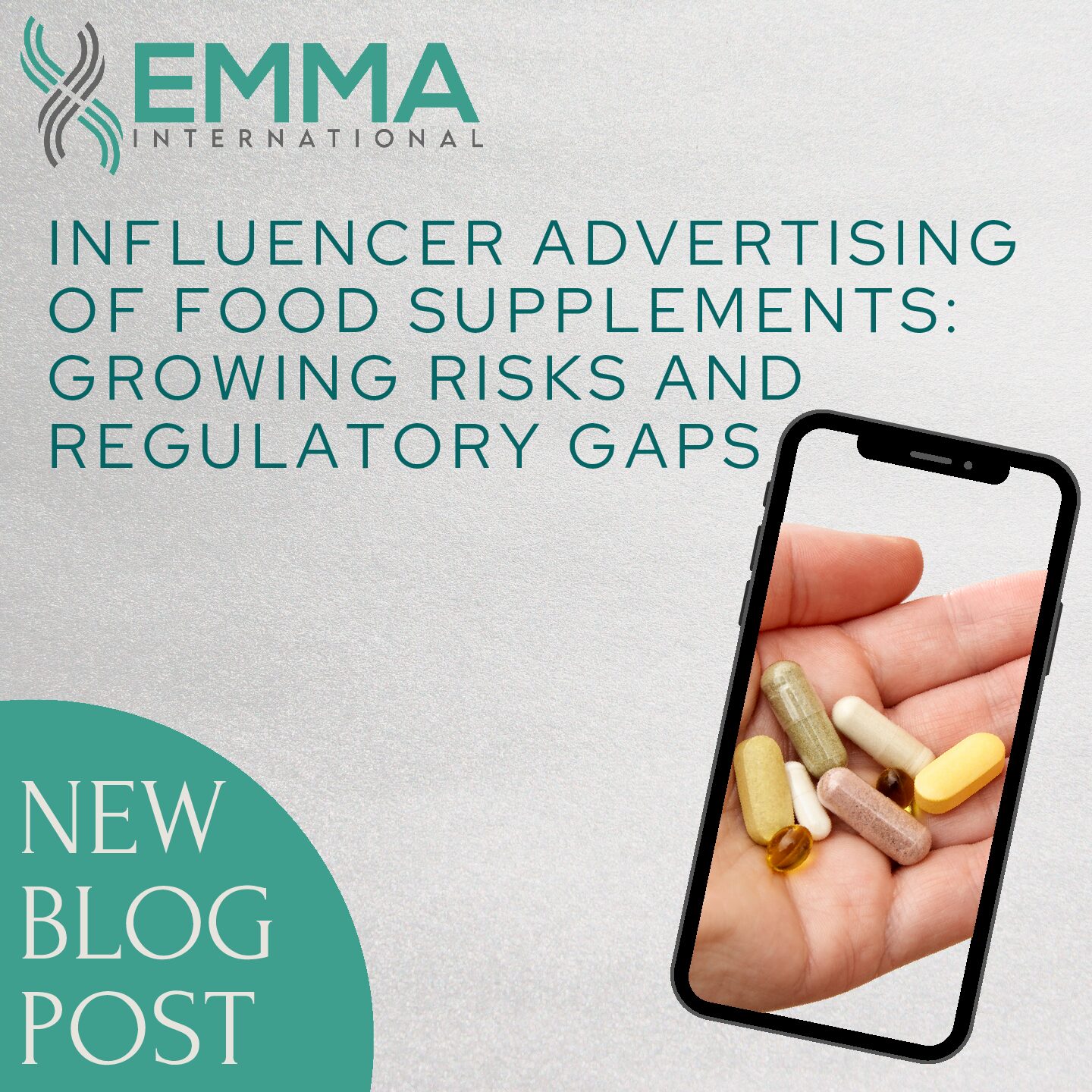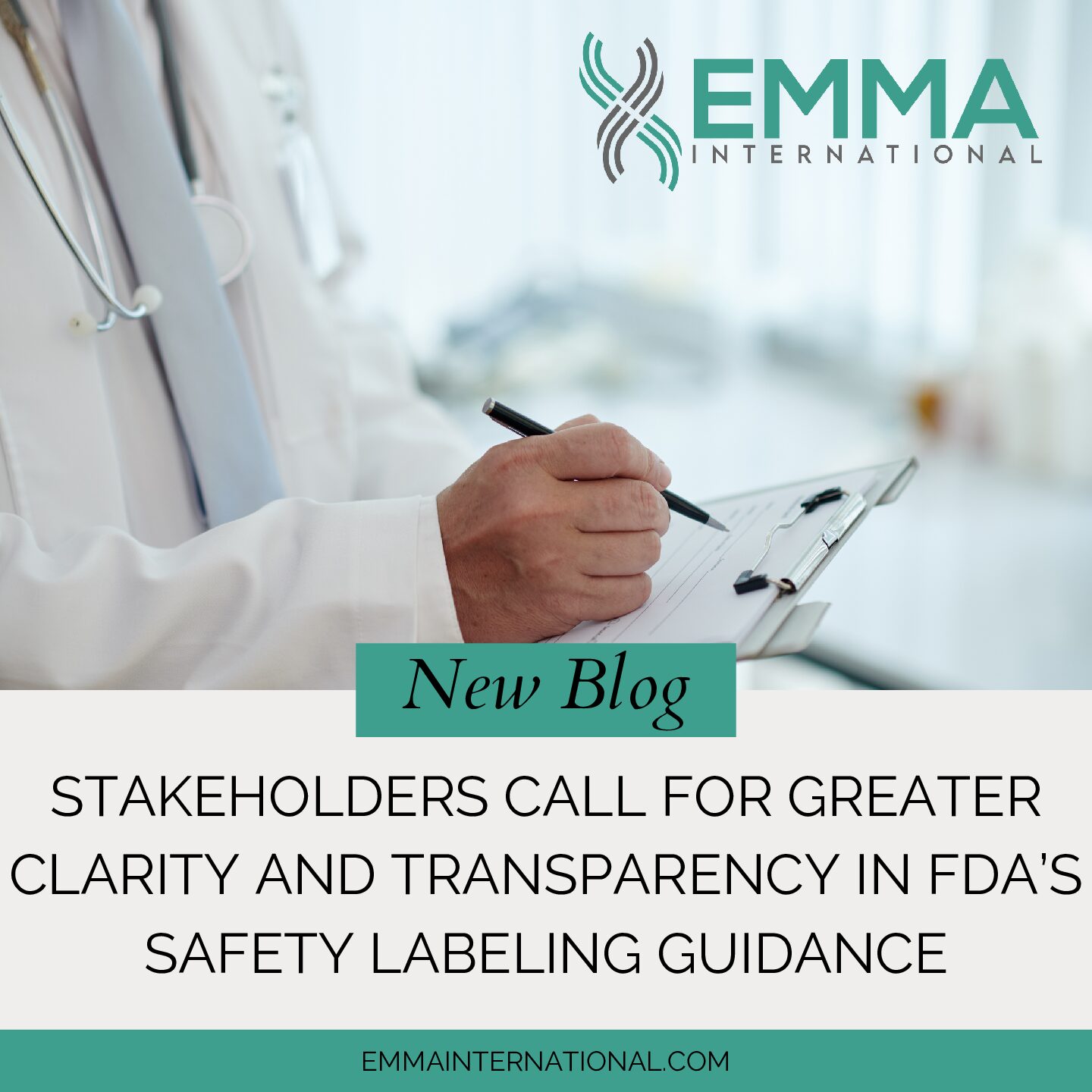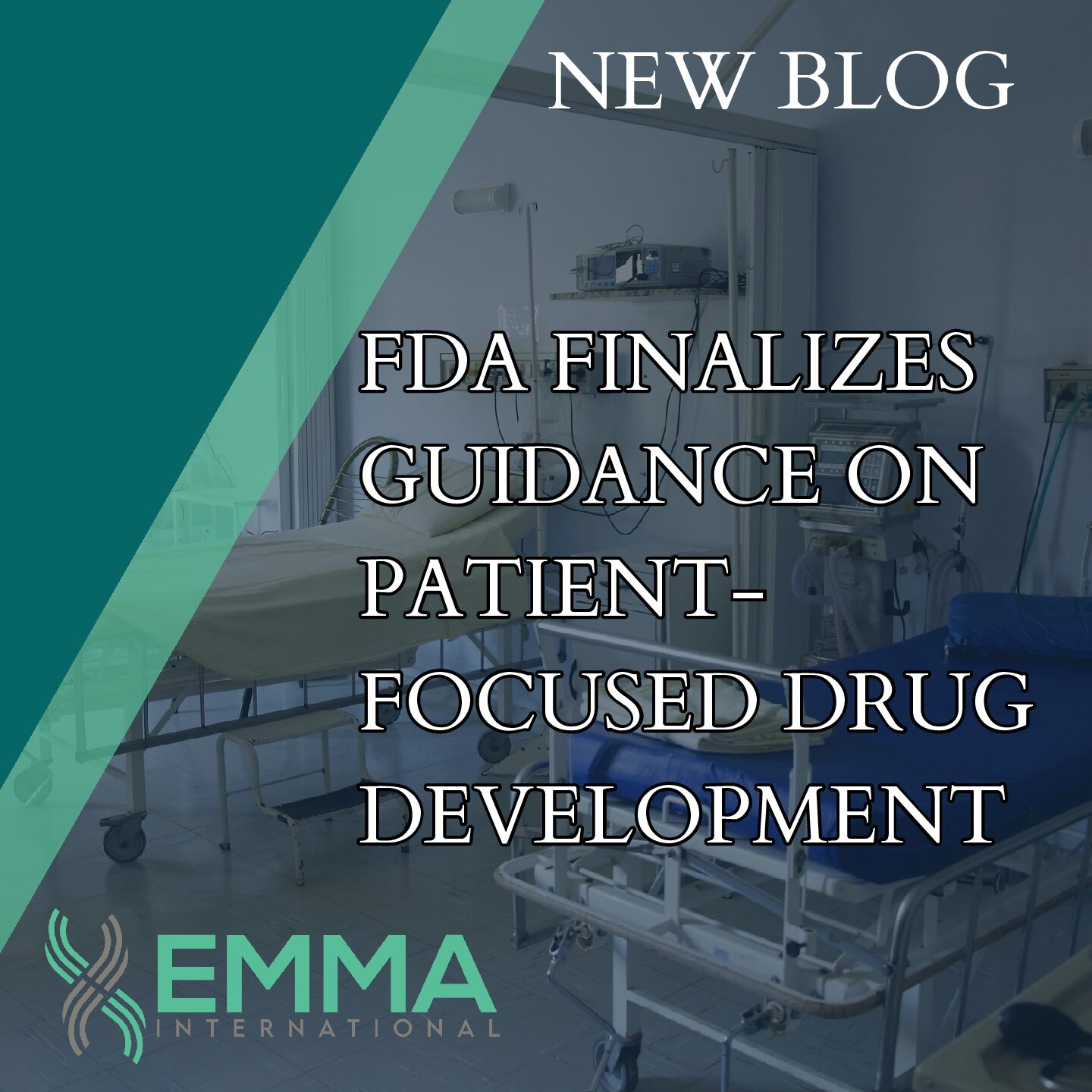In the European Union (EU), the regulatory submission process for medical devices is governed by a robust framework aimed at safeguarding public health while fostering innovation. In this blog, we will discuss the intricacies of the EU’s medical device regulatory submission process, providing insights and best practices for manufacturers, developers, and regulatory professionals.
At the heart of the EU’s medical device regulatory system is the Medical Devices Regulation (MDR) and the In Vitro Diagnostic Medical Devices Regulation (IVDR). These regulations establish harmonized requirements for the placement of medical devices and in vitro diagnostic medical devices on the EU market. Key features of the regulatory framework include:
- Classification: Medical devices are classified into different risk categories based on their intended use, duration of contact with the body, and potential risks to patients. The classification determines the conformity assessment route and applicable regulatory requirements.
- Conformity Assessment: Manufacturers must demonstrate conformity with the essential requirements of the MDR or IVDR through a conformity assessment process. This process involves various elements such as clinical evaluation, risk management, quality management system assessment, and post-market surveillance.
- CE Marking: Upon successful completion of the conformity assessment, medical devices are affixed with the CE marking, indicating compliance with EU regulations. The CE marking allows for free movement and marketing of the device within the EU and the European Economic Area (EEA).
- Notified Bodies: Conformity assessment activities are often conducted by notified bodies; independent organizations designated by EU member states to assess the conformity of medical devices with regulatory requirements. Notified bodies play a crucial role in ensuring the safety and performance of medical devices.
The regulatory submission process for medical devices in the EU typically involves the following steps:
- Preparation and Planning: Manufacturers begin by conducting a thorough assessment of their medical device, identifying applicable regulatory requirements, and developing a regulatory strategy. This phase may also involve the appointment of a European Authorized Representative (EAR) for non-EU manufacturers.
- Documentation Compilation: Manufacturers compile a comprehensive technical documentation dossier containing essential information such as device description, design specifications, risk assessment, clinical data, labeling, and instructions for use. The documentation must align with the requirements outlined in the MDR or IVDR.
- Conformity Assessment: Depending on the device’s classification, manufacturers select the appropriate conformity assessment route, which may involve self-assessment (for low-risk devices) or involvement of a notified body (for higher-risk devices). The conformity assessment process evaluates the device’s compliance with applicable regulatory requirements.
- CE Marking and Declaration of Conformity: Upon successful completion of the conformity assessment, manufacturers affix the CE marking to their medical device and issue a Declaration of Conformity. These documents signify compliance with EU regulations and authorize the device’s placement on the market.
- Post-Market Obligations: Following market entry, manufacturers are obligated to monitor the performance and safety of their devices through post-market surveillance activities. This includes collecting and analyzing data on device performance, adverse events, and corrective actions, and reporting any incidents to relevant authorities.
Navigating the EU regulatory submission process for medical devices requires meticulous planning, attention to detail, and adherence to regulatory requirements. Manufacturers and regulatory professionals can enhance their success by engaging with notified bodies and regulatory experts early in the development process, streamlining the regulatory submission process.
The EU’s medical device regulatory submission process is a multifaceted journey characterized by stringent requirements, rigorous assessments, and a commitment to patient safety. By understanding the regulatory framework, adhering to best practices, and leveraging expertise and resources, manufacturers can navigate this process successfully and bring innovative medical devices to market.
If you need support bringing your medical device to the EU market, let the EU MDR and IVDR experts at EMMA International help! Call us at 248-987-4497 or email info@emmainternational.com to learn more!





